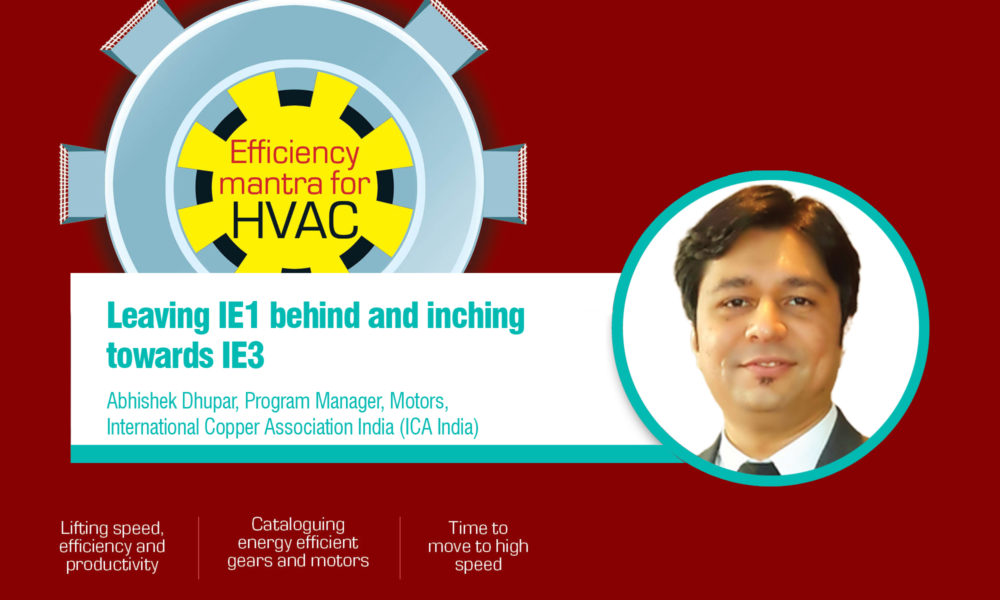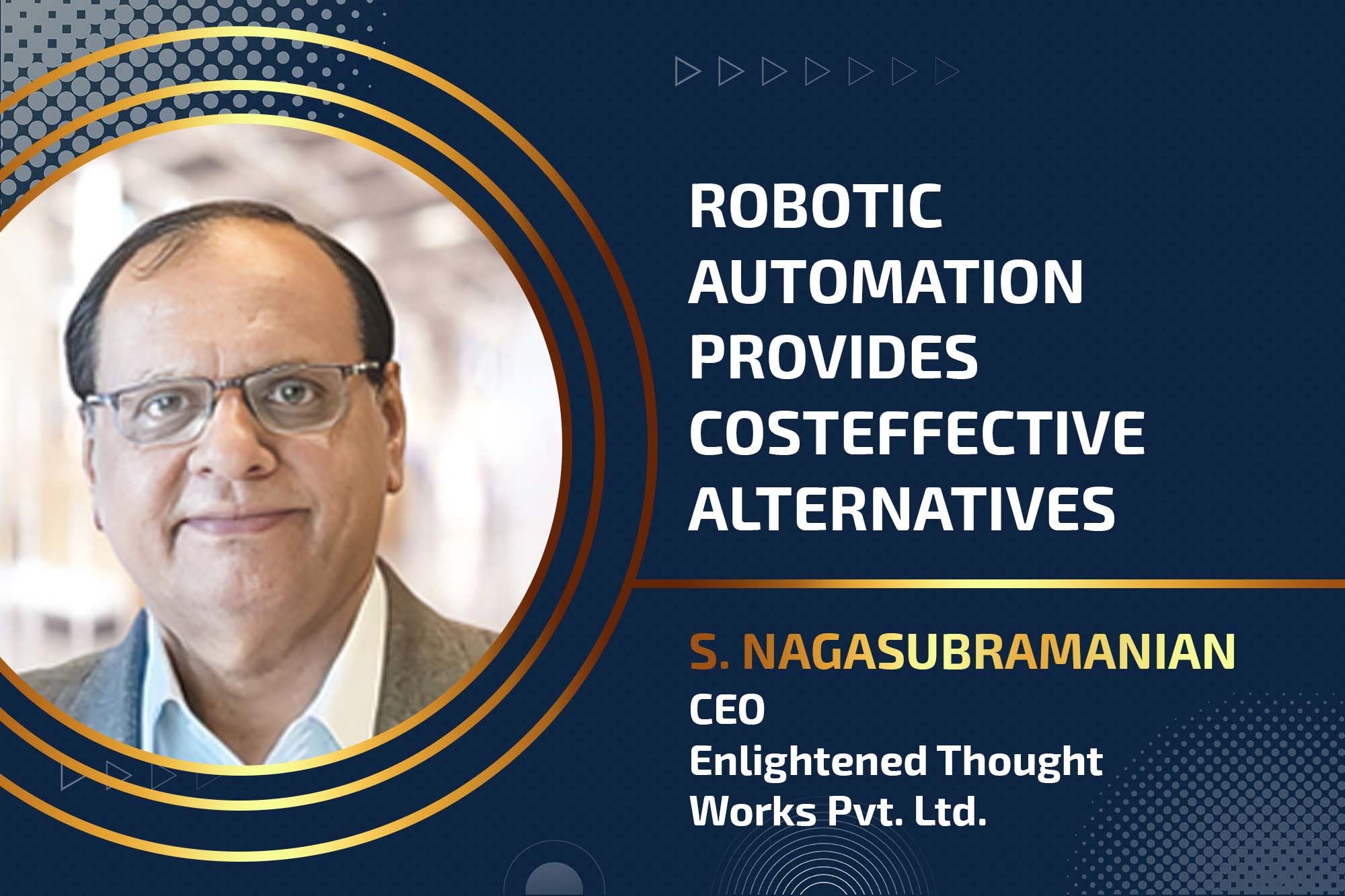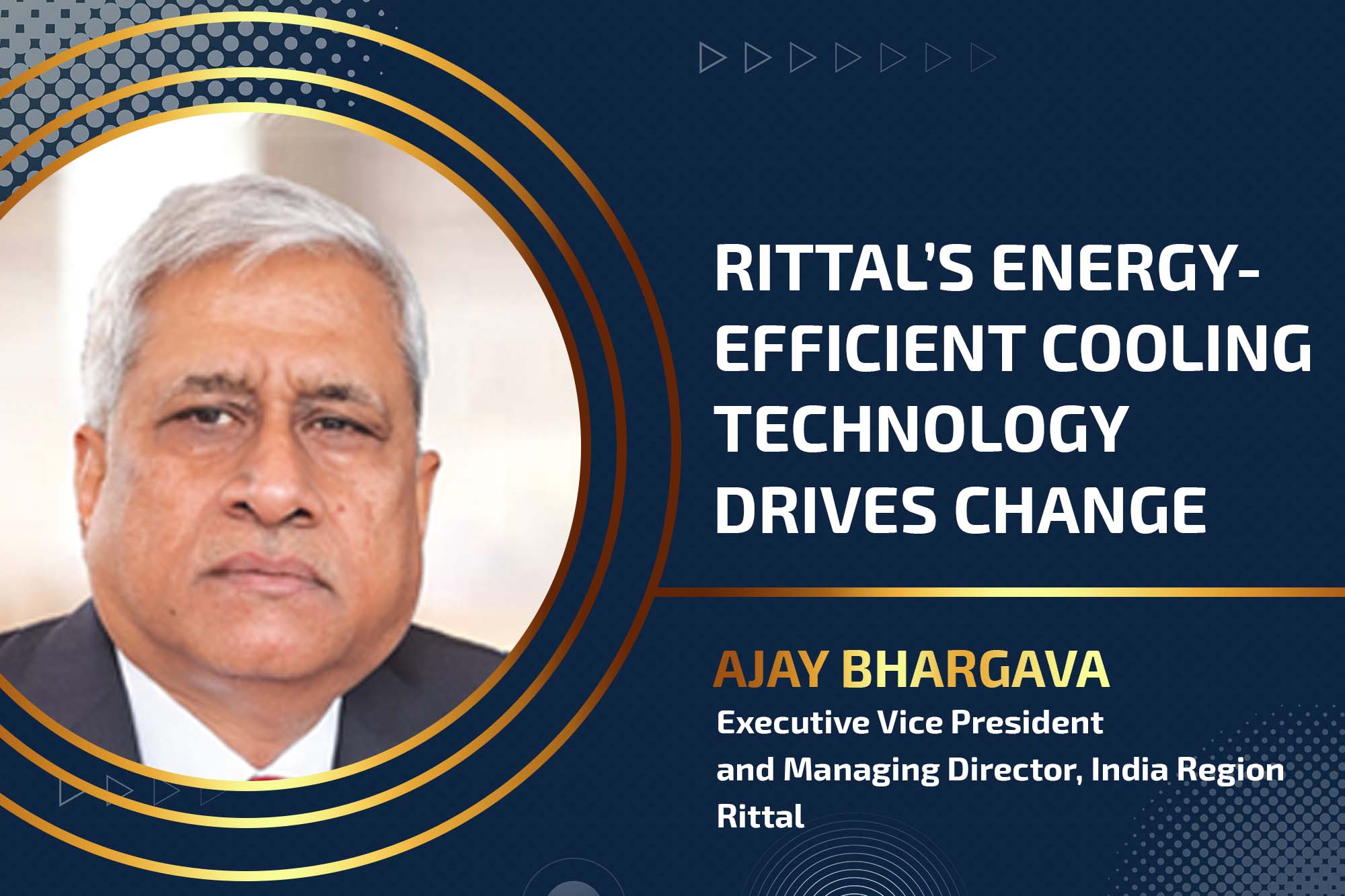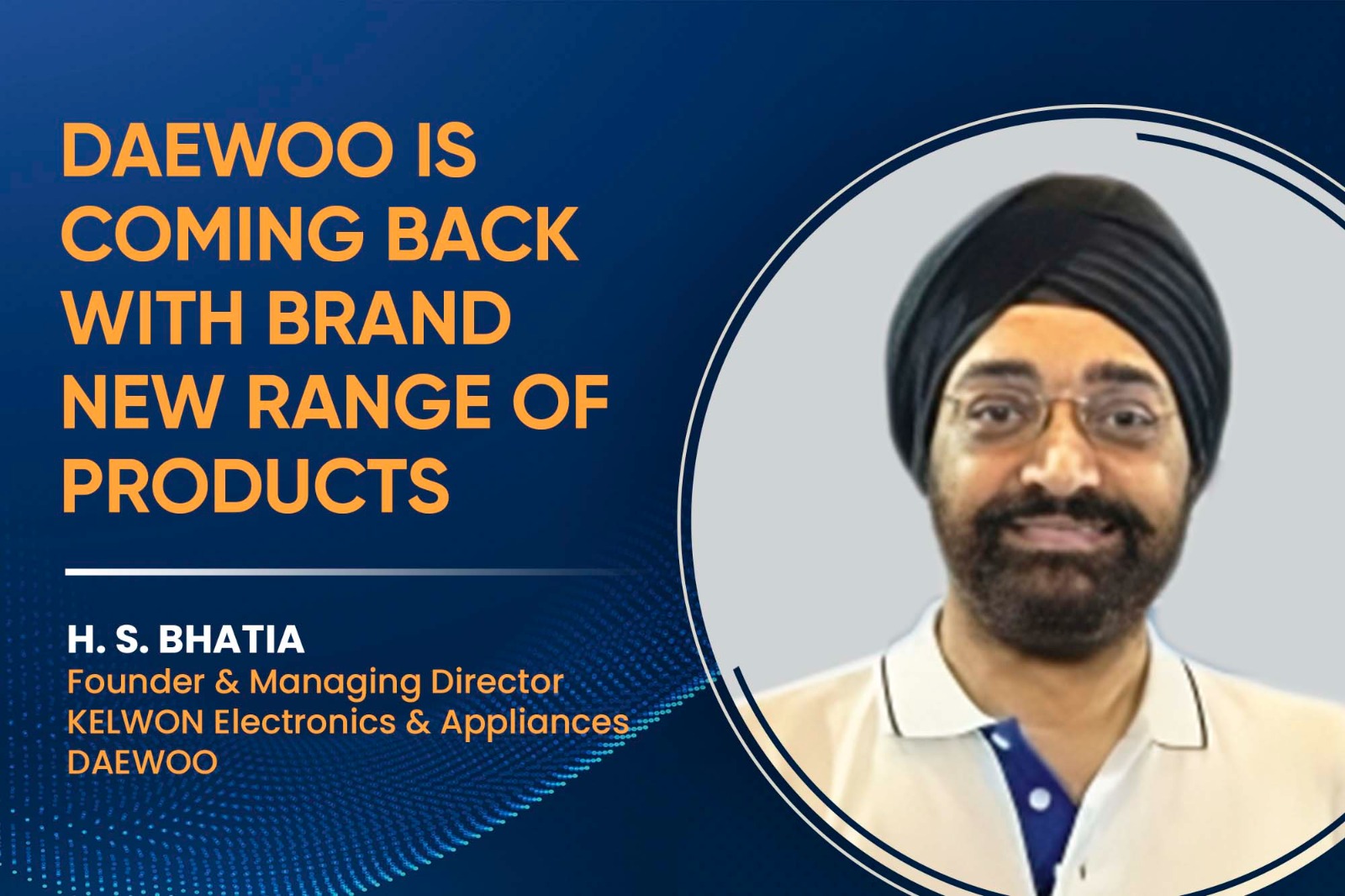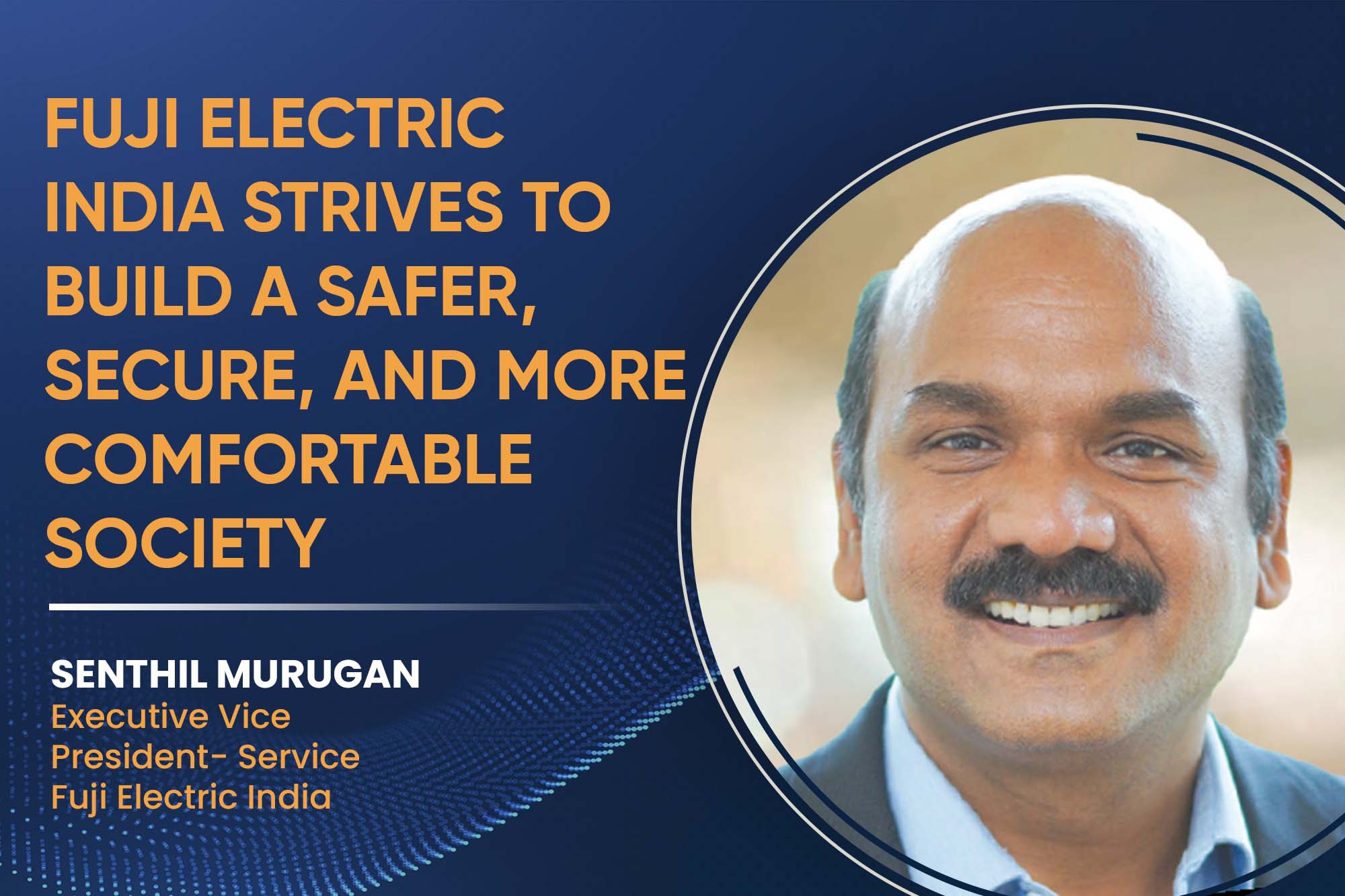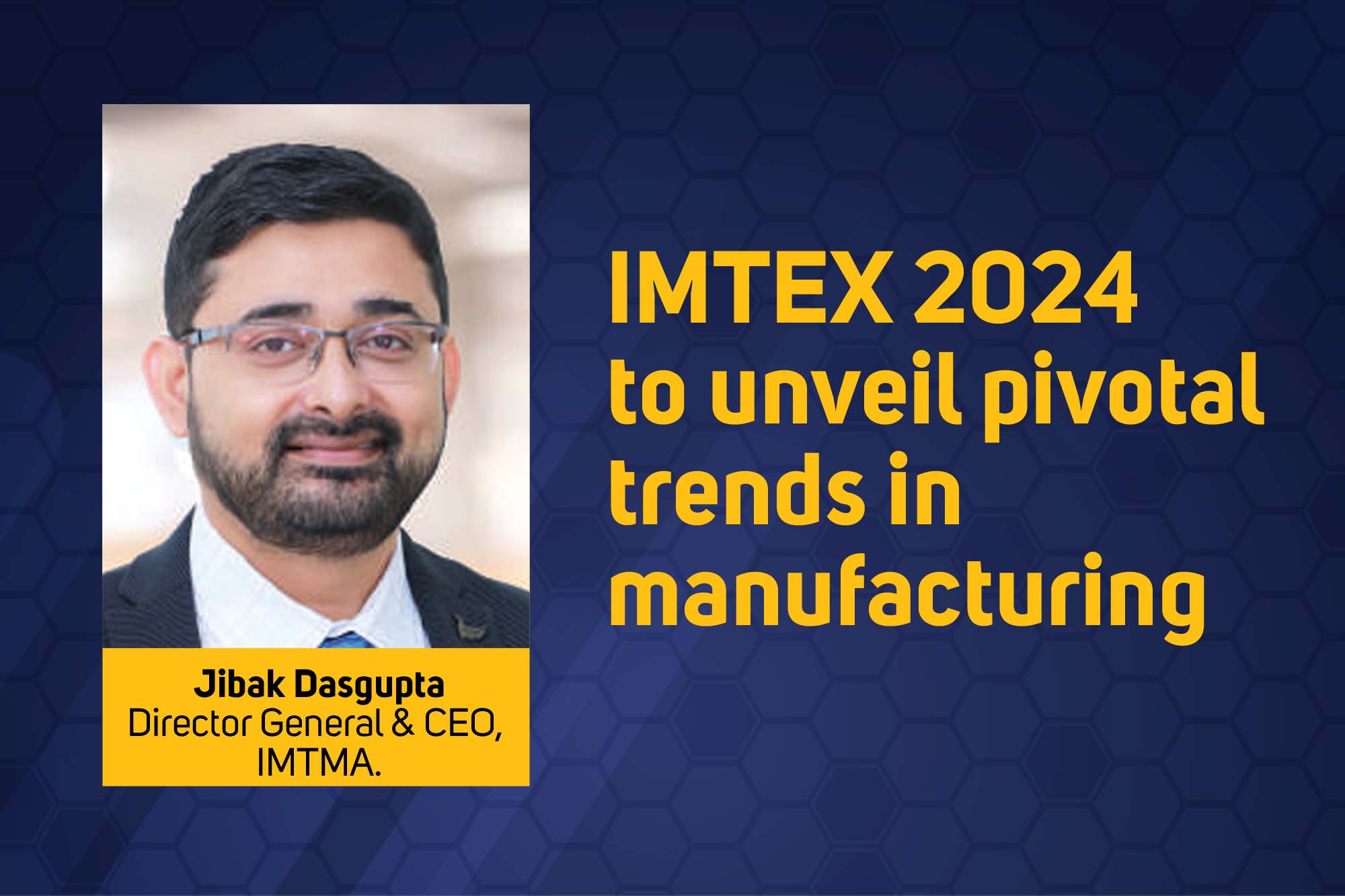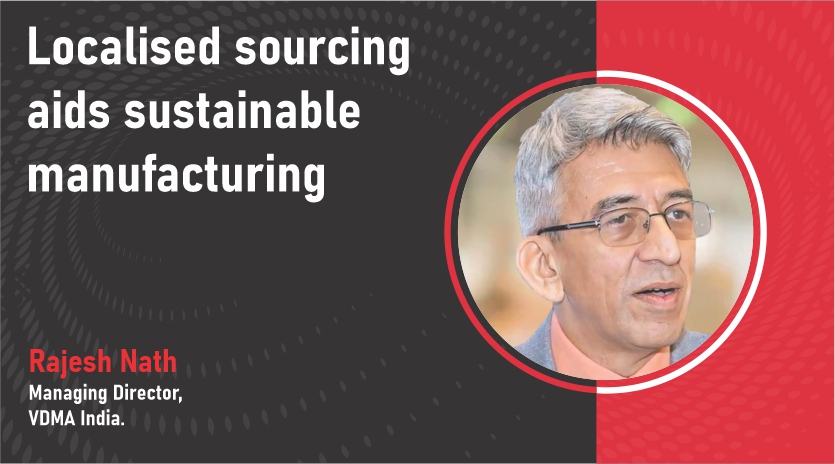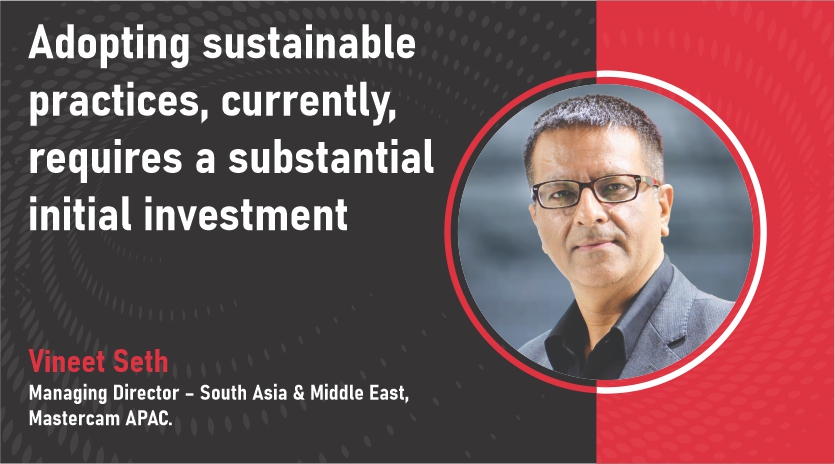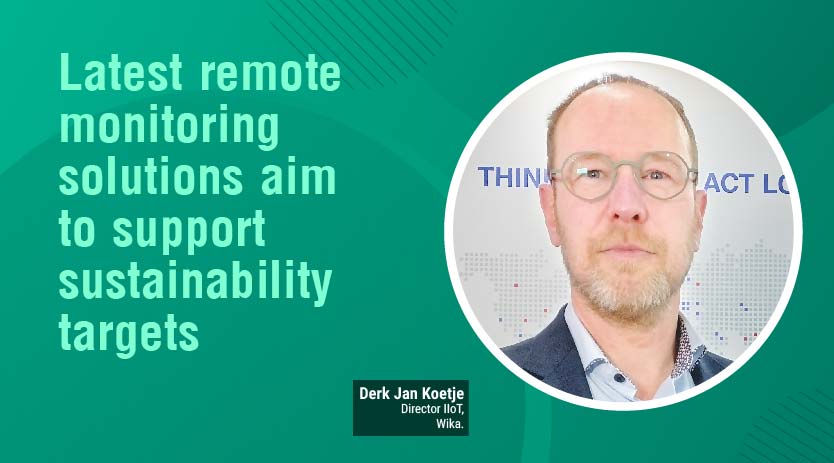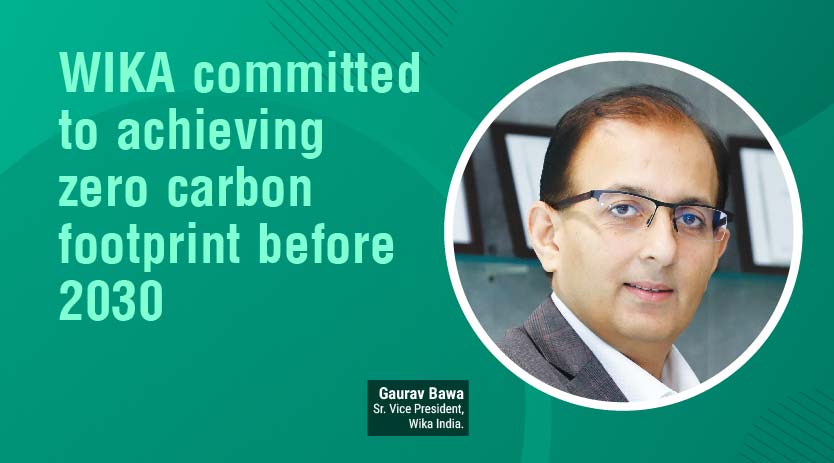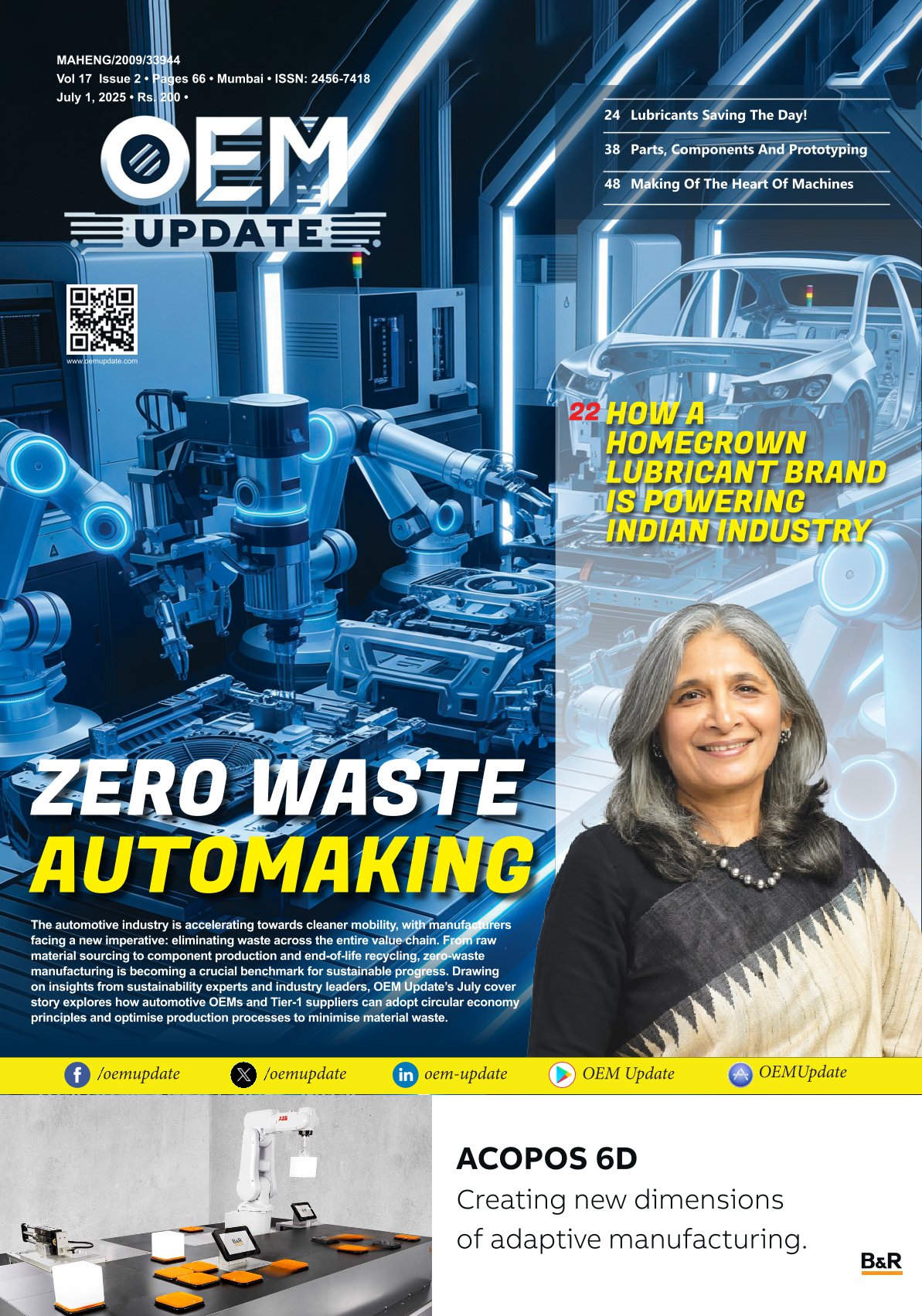Leaving IE1 behind and inching towards IE3
By OEM Update Editorial February 9, 2019 1:38 pm IST
Motors and motor-driven systems are huge consumers of electricity. They are estimated to account for 65 per cent of the total energy consumed in industries. Today, energy efficiency is of dominant importance due to the ever increasing electrical energy demand, increasing awareness around global warming, and the increase in prices of fossil fuels. Electrical motors are driving the most important type of mechanical load in every industry. In an interview with Aultrin Vijay of OEM Update, Abhishek Dhupar, Program Manager, Motors at International Copper Association India (ICA India), shares his views on adoption Higher Efficiency Motors (HEMs) in India.
What is the current state of motor technology in India?
There are different types of motors available in the market today. However, low tension (LT) induction motors (low tension or low voltage three-phase induction motors), are the most widely used motors in the industries. LT motors work on 415 volts whereas high tension (HT) motors work from 1.1 KV or 1,100 volts onwards. The reason why ICA India is focusing on LT motors is because the energy efficiency standards focus on LT motors, which is 75 per cent of AC motors used in industries and the other 25 per cent would be HT motors.
LT motors are classified into different efficiency classes as per international efficiency norms, IE1, IE2, IE3 and IE4. IE1 is the standard efficiency motor, IE2 is high efficiency, IE3 is premium efficiency and IE4 is super premium efficiency. So, moving from IE0 or IE1 to IE3, IE4 or IE5 results in reduction of losses, close to 10-15 per cent, and the efficiency improves accordingly.
There are two to three technologies available for the IE4 motors. So, IE4 motors have the option of using technologies such as permanent magnet synchronous motor (PMSM) and synchronous reluctance motor, other than squirrel-cage induction rotor, used till IE3.
While squirrel-cage induction motor is available with different rotors (rotating part in a motor), which is made up of aluminium or copper. So, people can achieve the efficiency values using an aluminium or a copper die cast rotor.
How many losses are we talking about with IE0 and IE1 motors?
It is very difficult to estimate the losses as every industry has different applications with different load. Also, not all motors are fully loaded many motors are loaded partially. How many motors have been replaced is also not known. We know how many motors have been sold in India, but it is difficult to estimate the losses in figures.
However, when we move from IE1 to IE2 or IE2 to IE3 or IE3 to IE4, the average reduction in losses for smaller range or up to 10 HP is close to twelve per cent. In the medium range it is around five per cent and in the higher range or motors of over 100 HP is two per cent. It is safe to say that there is an improvement of around 8-10 per cent between two consecutive classes — IE1 to IE2 or IE3 to IE4.
Why copper and why IE3?
Copper is present in two areas of the motor. One is the stator and another is rotor. Stator has windings made of copper. The purer the copper, the better is the efficiency, because of its conductivity. There’s a huge cost difference between aluminium and copper — almost two to three times. Normally, 99 per cent of the people use aluminium rotors. So, when you use copper windings and copper rotors, your motor becomes much more efficient. Currently, copper rotors are only used for special applications where efficiency and reliability is of utmost importance.
Last year, Energy Efficiency Services Limited (EESL) had rolled out National Motor Replacement Program in association with ICA India, where IE0-IE1 motors will be replaced with the IE3 motors for better output and cost efficiency to benefit manufacturers for productive returns.
The claim is “It is often better to buy a more expensive, more efficient motor if it will consume less electricity than a cheaper one.” Do you think it is really practical when it comes to the Indian market where low price prevails over better quality?The question is very valid. Generally, people in India are price conscious and they prefer low-priced model and equipment. The life cycle cost of the motor rather than just the purchase and installation cost, is another critical, but often over looked, factor to consider. Life cycle costing can favour the selection of energy efficient motors that usually have higher capital cost and lower operating, and sometimes maintenance costs. The motor purchase cost is only 2 per cent while energy cost over its entire lifetime is close to 95 per cent. The initial purchase cost increases when a person moves from IE1 to IE2 or above. But at the same time when you see the jump in efficiency and good payback period, then opting for IE3 would be a better option.
Apart from the energy efficiency aspect, how do you reckon the economic role of copper in motors?
Cost will obviously be more because copper is a precious metal. Whenever you move towards Higher Efficiency motors, the carbon footprints are also reduced. The rewinding of the motor should also be done from a reliable service centre to maintain its efficiency orelse the motor may perform inefficiently, and its life is also reduced.
What about people using and manufacturing IE1 motors?
Moving from a standard efficiency motor to IE2 or IE3 the overall efficiency gets improved. So there is a price which you need to pay. And that price is marginal – approximately 10 per cent. Maybe initially you may face issues with the budget, but you will reap more benefits in the long run when compared to the 10 per cent incremental costs. Also, it should be noted that globally many of the countries have made IE3 mandatory. It is a very good step that IE2 has been made mandatory in India.
So, speaking of small motor manufacturers, who also manufactures energy efficient motors, they have faced challenge in manufacturing IE2 and IE3 motors. Not everybody was ready! and everybody had to take licence, too, which also took some time because of limited manpower in testing labs in India.
ICA India has initiated a project for design of IE3 motors for small motor manufacturers in collaboration with testing labs and motor manufacturers association to build prototypes. Once the prototype is ready, tested and validated, then the designs would be an open source and ICA India will share these designs to SME motor manufacturers, so that they can start manufacturing IE3 motors.
When will IE4 become a standard in India?
IE4 is already in the market. But the penetration is very low. IE4 is not a tried and tested technology. Bureau of Indian Standards (BIS) last year, published a standard which includes IE4 efficiency. IE4 motors costs almost 50 per cent more than an IE1 motor. Also, as you go up from IE1 to IE2, IE3 or IE4, the motor’s rpm increases. As the rpm increases to match the speed requirement of the driven equipment, use of VFDs etc. will be required. Further with significant increase in starting current the existing switchgear and other changes in the system will be required. This means the whole system should be changed or replaced, which would be very difficult and costly. So, moving to IE4 motors will take time keeping in mind these factors. It may take at least 2-3 years for it to get established.
India, in five years, can look at saving ₹5,000 crores per year just by choosing the IE3 motors
Abhishek Dhupar, Program Manager, Motors, International Copper Association India (ICA India)
Cookie Consent
We use cookies to personalize your experience. By continuing to visit this website you agree to our Terms & Conditions, Privacy Policy and Cookie Policy.







